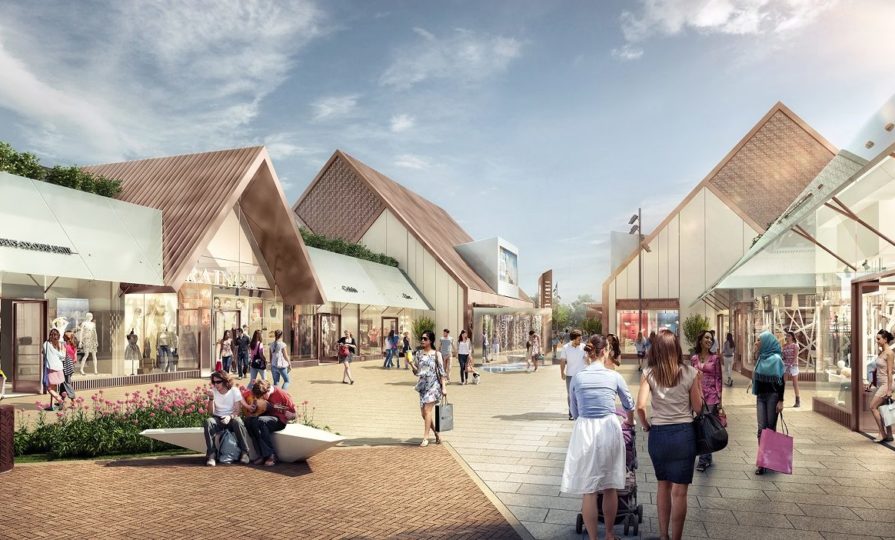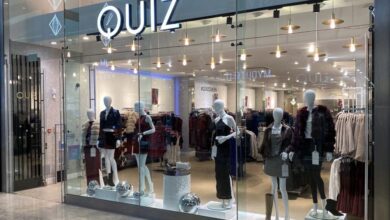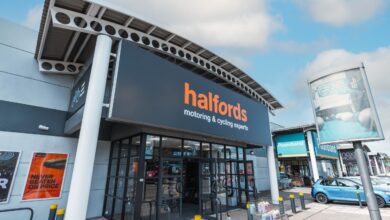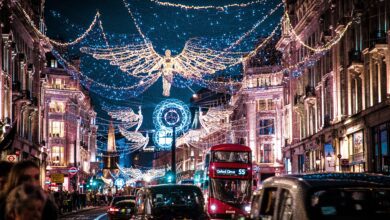How retail outlet destinations have evolved

Register to get 1 free article
Reveal the article below by registering for our email newsletter.
Want unlimited access? View Plans
Already have an account? Sign in
Outlet shopping was born in the US in the 1930s through the development of standalone stores that enabled brands to sell-through damaged or excess goods. This evolved into the concept of a multi-store outlet shopping mall in the 1970s; a significant step for both retailers and shoppers alike.
Large-scale US schemes were the pioneers of outlet shopping as we know it, with delivery and efficient turnover of stock the immediate ambition; aesthetics were of little consequence during this period.
Outlet shopping was exciting and new, the retail buzzword of its time, and shoppers didn’t need any persuasion to explore this exciting new opportunity. The availability of genuine bargains and ability to purchase brands that would normally be beyond their means was reason enough to visit and purchase, time and again.
European expansion of outlets began in the early 1990’s. European developers took the solid foundations of this new, and proven, retail model and added their own slant to target the continental shopper.
This is when the importance of an attractive environment became part of outlet retail’s now well-known identity. Savvy European consumers would require more than just the attractive retail offer, so European outlet schemes were the first to incorporate beautiful shopping environments to enhance customer experience and boost dwell times.
As Europe began its own outlet revolution, the original US outlet centres were becoming outdated. US shoppers wanted more; the original focus on function over design was no longer enough to keep them coming.
Poorly planned layouts or out-of-date architecture affected customer experience, so the US turned to Europe for inspiration. European schemes had prioritised design, often utilising classic and regionalised architectural styles to appeal to local audiences.
McArthurGlen Provence in Miramas, is an excellent example of this as its design reflects its provincial surroundings. Our own plans for the forthcoming Grantham Designer Outlet Village have been designed to complement the surrounding countryside, with buildings conceived in a traditional village style using contemporary materials.
Today, leisure is becoming an integral part of retail as a whole and is particularly pertinent to outlet shopping. As the retail landscape faces ongoing challenges, leisure brings an added value that drives shoppers to retail destinations and increases dwell times. Outlet shopping stands apart from traditional retail as more of a day out – a leisure experience in itself – and supplementary leisure elements can be a differentiating factor for successful outlets, both here and across the pond.
The F&B offering is fundamental and has gone beyond pure function to become part of ensuring a pleasurable customer experience. Shoppers demand choice and expect pleasant restaurants and cafes that will enhance their day. This sits within the broader realisation in outlet retail that the customer experience now needs to at least match that of full price.
We are seeing the latest in design, display, graphics and customer service practice at outlets; it is no longer full price retail’s poor relation. In fact, outlet retail has shown double digit growth for the last few years, outstripping full price retail and shopping centres. According to CBRE research, UK Outlet centres have achieved average annual sales growth of 10% in the last few years, far ahead of UK national consumer spending statistics.
To this end, a standalone brand identity that customers can relate to brings credibility to outlets, making the discounted price part of a wider appeal rather than the only driver. Today, landlords and brands alike are confident in the knowledge that the whole retail environment needs to be appealing and support the overarching identity of any given outlet scheme; a concept that would have been disregarded in the 70s and 80s.
In terms of next steps in outlet evolution, the US is now improving customer experience with VIP suites and loyalty schemes to drive repeat visitation and regular footfall. Ultimately Europe and the US will inform and educate each other as outlet shopping continues to evolve.
Global and regional trends will influence customers, whose demands will play their part. Economics will, of course, affect both markets and outlet retail will continue to acknowledge, adapt and evolve. Whatever form this takes, one thing is certain – there will always be a place for outlets in the global retail landscape.
Giles Membrey, managing director of Rioja Estates







